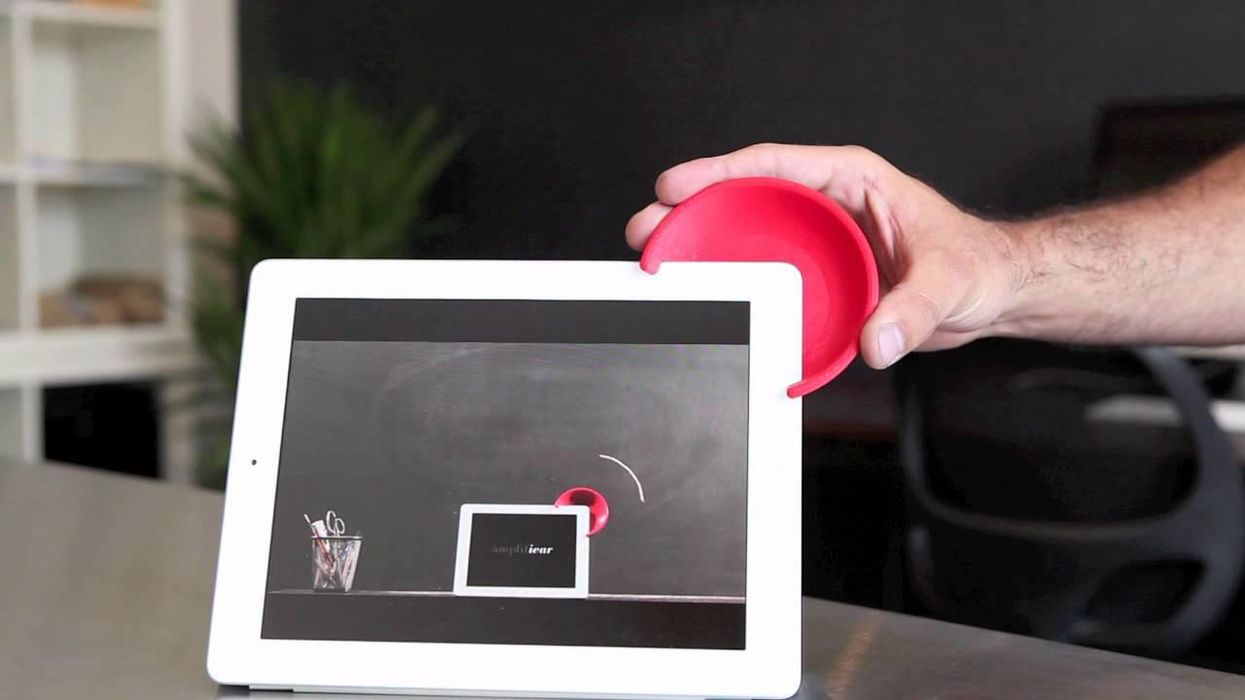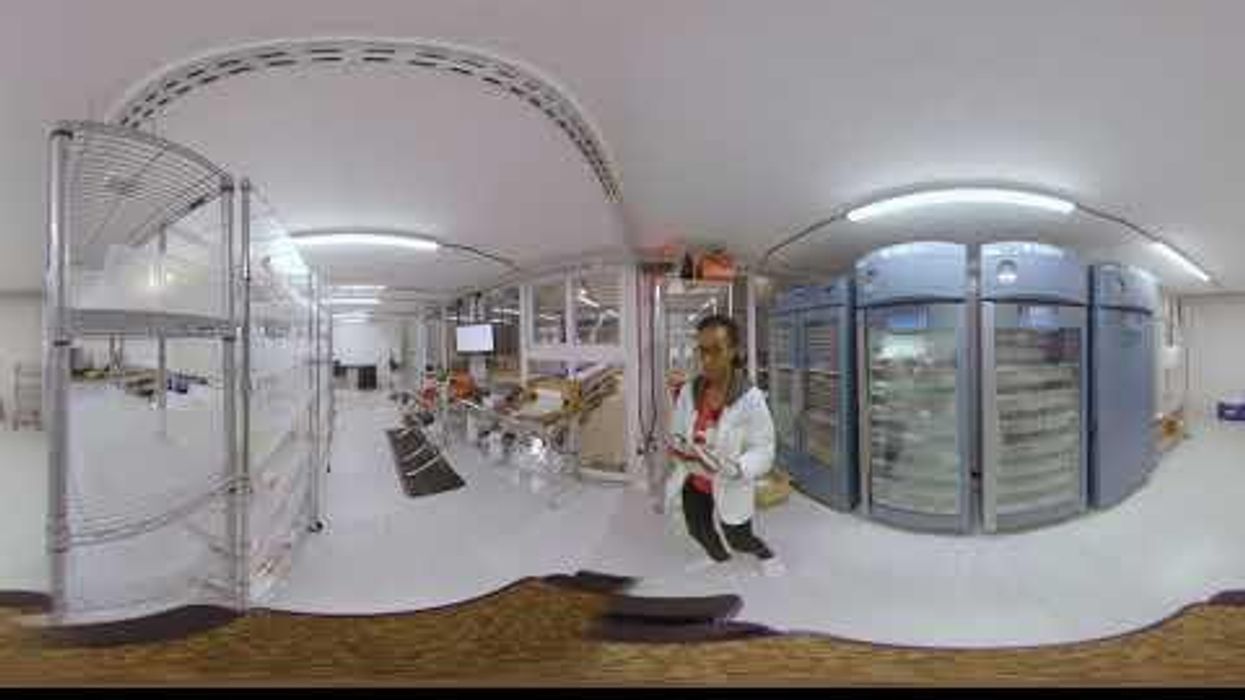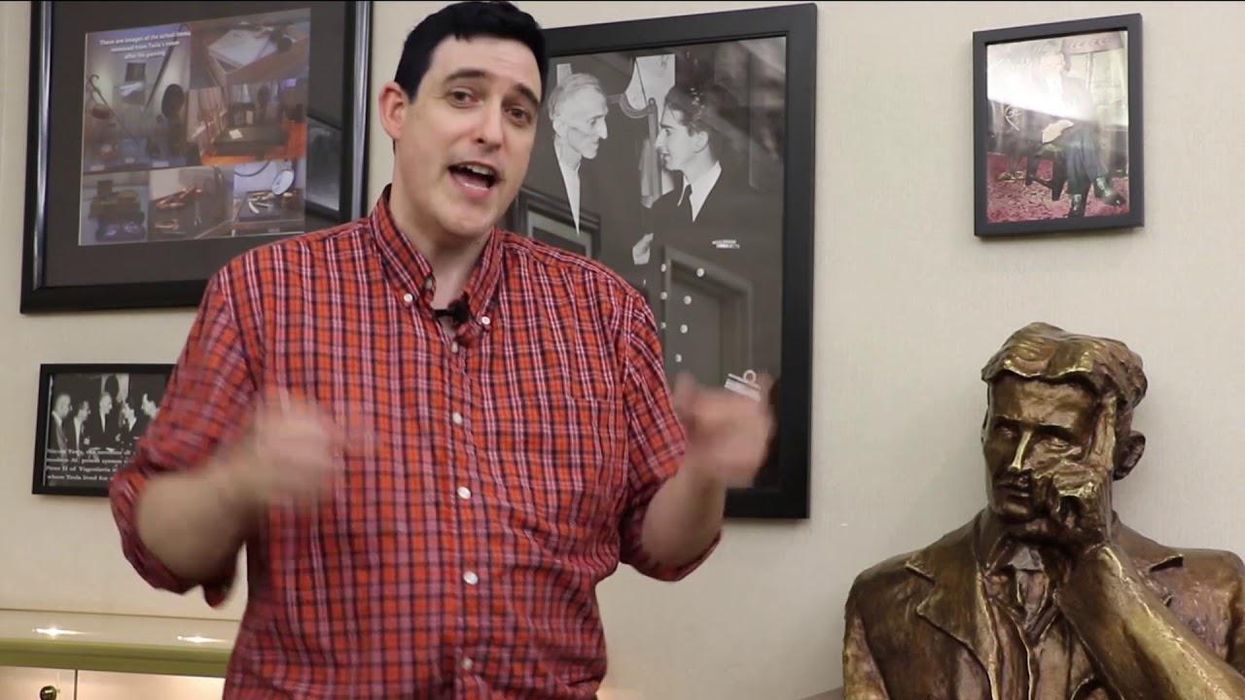Kickstarter, the well-known crowdfunding website, has evolved from an art community into a techie shopping center. The website runs on a reward system: A backer of a project is given a prize for pledging support. Some projects offer tangible prizes, such as T-shirts, while others promise little more than the joy of being involved. But for gadget start-ups with prototypes, the promised reward is often the product itself. When users pledge a set amount of cash for a product to be delivered in the future, it looks a lot like a sale, even if Kickstarter stresses that it is not.
Project creators have blurred the lines even further. On their own sites and social networks, creators often provide links to “preorder” their products on Kickstarter. And the strategy is working. Support of prototypes has set epic records this year. Pebble, an iPhone-syncing watch, raised more than US $10 million. The creator eventually had to stop offering the watch itself as a reward. In the previous year, Kickstarter projects raised only $100 million all together.
Some Kickstarter creators don’t even need funding. The company iCache, creators of the Geode, used Kickstarter predominantly for market research and price setting. Other companies have used the site to attract distributors. Both the Brydge and the Amplifiear are among projects that offered “retail” and “distributor” reward packages.
As gadgets populate the site, browsers tend to think more like shoppers. Creators think about selling to retailers. And distributors search the site for the next thing to buy en masse.
Transcript:
Evan Clabots: I think Kickstarter is doing a really new thing. They set out to do one thing, but with the speed of the Internet, it’s bound to evolve.
Celia Gorman: Kickstarter, the popular crowdfunding site, was built for artists. But it is rapidly becoming a venue for businesses. And it is changing the way new technologies are making it to the market.
Evan Clabots: We were thinking about traditional routes, approaching big companies that were doing periphery devices. But when we started to get interested in Kickstarter, we realized that it was a perfect match. We saw that there were a lot of added benefits, between the exposure and the ability to presell, and just to use it as a market research tool.
Celia Gorman: Kickstarter works through goals and rewards. Creators try to raise a certain amount of money for a project. If they reach the goal, they get the money, and their backers get rewards for their pledges. Technology creators often raise money to put a prototype into mass production. The backers are preordering the product. Maybe just one or maybe a retail package of 10 000.
Kickstarter gets 5 percent of all money raised. For projects like the record-setting Pebble watch, that’s over half a million dollars. It’s crowdfunding on a scale that can compete with venture capitalists.
The Amplifiear is a small device that increases the volume of an iPad speaker. Nonlinear studios designed it and sold it on Kickstarter.
Evan Clabots: We thought about it as direct access to consumers. We put up some pledges for retailers, thinking it would be really great if we could get some retailers to actually pledge and put it in their store. What we didn’t expect was the number of distributors from around the world that contacted us and actually wanted to carry the product.
Celia Gorman: Other projects, especially Apple gadgets, have had similar success. Like the Brydge: It’s a keyboard that turns your iPad into a laptop.
Sam Gordon: Brydge is ready, but we need your help. If interested, please pledge.
Eddy Vromen: If successful, we promise to send you the product as soon as possible. Thank you.
Sam Gordon: We looked and saw what was successful, what were other projects that we looked up to, what were they doing. And we did see a lot of them doing the retail packages and distributor packages and being very successful with that. It’s brought in a lot of requests for partnerships, for people who want to distribute.
Celia Gorman: But it’s fairly common for backers to think of themselves as customers.
Sam Gordon: We do often remind folks that they are helping us build this. A lot of times we get e-mails saying, “Oh, if I order this right now, I’ll get this next week.”
Celia Gorman: Brydge needed the funding to mass-produce their keyboard. But for companies like iCache, production was never a worry.
Erik Ross: We do have funding in place to fully support that run and, actually, subsequent runs as well.
Celia Gorman: The Geode turns your iPhone into a credit card. And it is already available for sale.
Erik Ross: The reason we chose Kickstarter was to test a couple of different things. One was the price point of the product. And then also we really wanted to see how many we could sell.
Celia Gorman: iCache was one of the first to use Kickstarter in a purely commercial way. But it certainly won’t be the last.
Evan Clabots: The way that companies are now using Kickstarter to debut products that they can already produce just shows how quickly things change on the Web and that a concept like Kickstarter is going to have to grow and adapt.
Celia Gorman: Kickstarter is still filled with funded art projects. But most can’t match the supersuccessful Apple gadgets.



